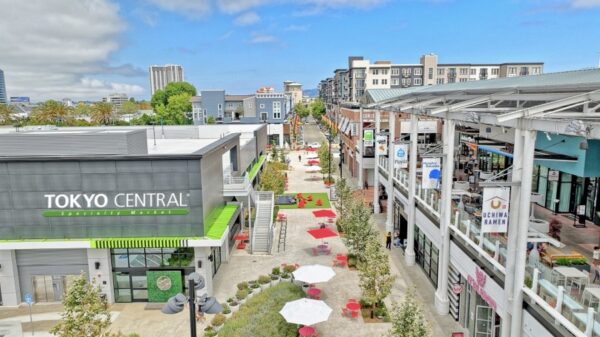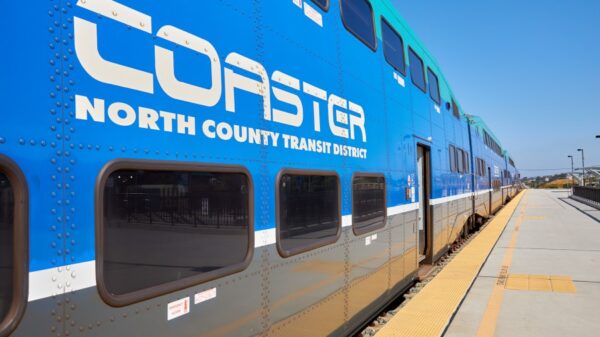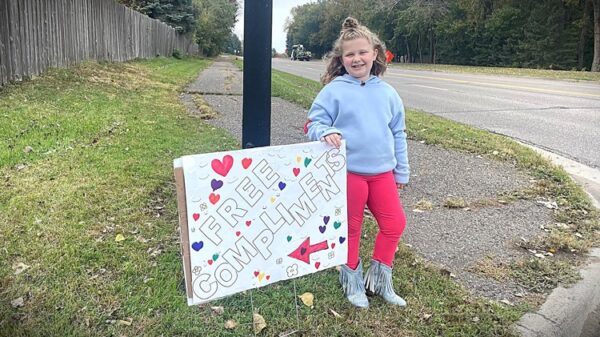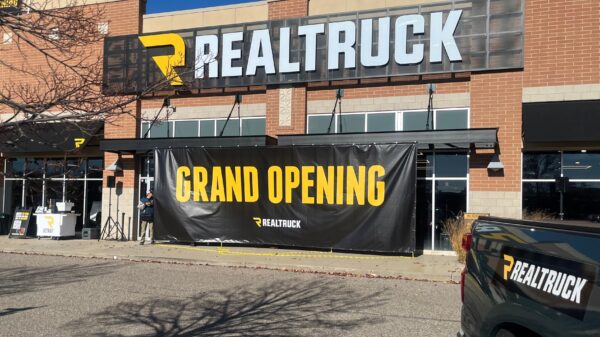UPDATE: California’s housing landscape is about to change drastically as the state Legislature has just approved a groundbreaking bill, SB 79, aimed at easing the housing crisis. This urgent legislative move allows high-rise residential buildings near major transit hubs, signaling a sharp departure from decades of “slow growth” policies.
The bill, which passed on November 1, 2023, is expected to be signed by Governor Gavin Newsom, giving developers the green light to construct buildings of up to nine stories within half a mile of bus and rail stations. This monumental shift is designed to alleviate the severe housing shortage affecting millions of Californians, as communities face unprecedented homelessness rates.
Senator Scott Wiener of San Francisco championed the bill, arguing that local officials have failed to adequately address the housing demand. “Today’s vote is a dramatic step forward to undo decades of harm, reduce our most severe costs, and slash traffic congestion and air pollution in our state,” Wiener stated following the bill’s passage.
Critics, however, warn that the new law may disrupt neighborhoods, as it overrides local zoning laws and could lead to a surge of apartments in traditionally single-family areas. Opposition from homeowner groups has intensified, with activists claiming that the bill disregards community input and existing housing plans.
The Los Angeles City Council narrowly voted against the bill, with Mayor Karen Bass voicing concerns that cities like Los Angeles should not be forced to comply with state mandates that undermine local housing strategies. “We need to preserve the integrity of our neighborhoods,” Bass remarked.
Despite the pushback, proponents believe that the bill will pave the way for a new era of housing development across California. The law specifically targets eight of the state’s 58 counties, including Los Angeles, San Francisco, and San Diego, marking a significant shift in how housing projects will be approached in urban and suburban areas alike.
Community activists are divided on the bill’s implications. Some, like Matthew Lewis from the California YIMBY group, are optimistic that the law will introduce more moderate density housing, reminiscent of the multi-unit buildings that thrived in the 1960s and 70s. Lewis stated, “We’re likely to see fourplexes and six-plexes that many neighborhoods already have.”
As the dust settles on this legislative victory, residents and community leaders are left grappling with the potential transformation of their neighborhoods. The full impact of SB 79 will unfold in the coming months, making it imperative for Californians to stay informed about how these changes will affect their communities.
As developments continue to arise, stakeholders are urged to weigh in on the ongoing debate surrounding housing in California. The urgency and scope of SB 79 signal a pivotal moment in the state’s approach to urban planning and housing policy, marking a critical juncture for millions facing housing instability.





































































